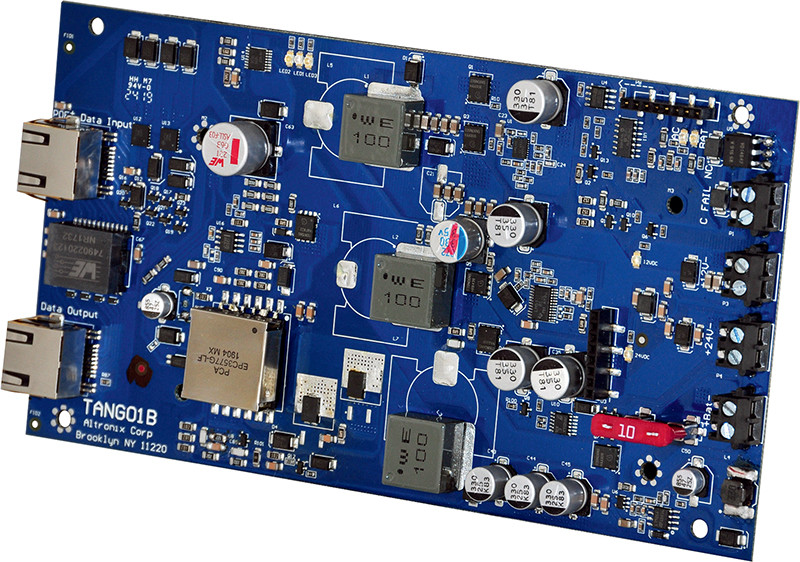That is not my UPS, it is an auxiliary power supply for 12V low current systems only, like things connected to the home security system, including the ethernet bridge that connects the security system to my network, and will in the future be used for smoke and carbon monoxide detectors in the house. It also powers the doorbell which is integrated into the security system.
I assume they make equivalent power supply/charger hardware available to the EU market from some brand, such as Bosch, Bel, or Phoenix, though most in EU tend to be DIN rail mount type which is fine.
My primary UPS is a Cyberpower OL1500RTXL2U rack mount “on-line” UPS with dual extended battery modules, providing between 6 and 8 hours to my server, network, and main security system power. The security system has an additional large battery, which provides 24 hours coverage after the UPS fails.
Yes, a short circuit protector should do the same job for output protection, you need one per “channel” of power, as a short on the channel takes the entire channel offline. I am using half of the 8 channels my unit provides at the moment.
The main functional difference between the 2 types is the tolerance for voltage ripple, looser tolerances lead to a more reliable and simple design. Thats the reason why the Altronix PSUs have a lifetime warranty, however they are pretty much all 120V input so you probably cannot use them even if you wanted.
The UHP however has a whopping 240mV ripple @ 12v, which is not great for a switching psu, I would suggest the MSP series instead which is half the ripple, and it has a longer warranty, but is not as efficient. It also has a 60% longer hold-up time than the UHP, so a lot better overall.
For 12V only, you can also get a high quality computer power supply like an FSP Aurum and feed off the 12V rail, you will get peak reliability and efficiency at about half its rated wattage, so the 550W model would give you 200-300W
Also, depending on your network infrastructure and how distributed you want things (and how much you want to spend), you can just POE everything, and use end-point converters or distribution panels, that take POE in and output 12V AND 24V at the same time, these are pretty pricey, though they can give you insane flexibility, such as being able to turn off individual power outputs over the network, or killing the entire power feed at the switch.
These 2 devices stack on top of eachother, one has POE in and Ethernet/12V/24V out, the other has 12V/24V in and Ethernet for monitoring and programming, and switches to individually select the input voltage of the 8 individually protected channels, which can be individually monitored for load remotely.
Together they cost a massive $380, but can be placed wherever you can run CAT6, then feed devices where you cannot easily run long lines, but can run short lines, and depending on the use case and the cost of install, can save more money than they cost relative to running 18ga wire from a single location.
 , so I would something available in Europe for consumers but I could not find a supplier of Altronix over here (at least by searching it on my mobile).
, so I would something available in Europe for consumers but I could not find a supplier of Altronix over here (at least by searching it on my mobile).




